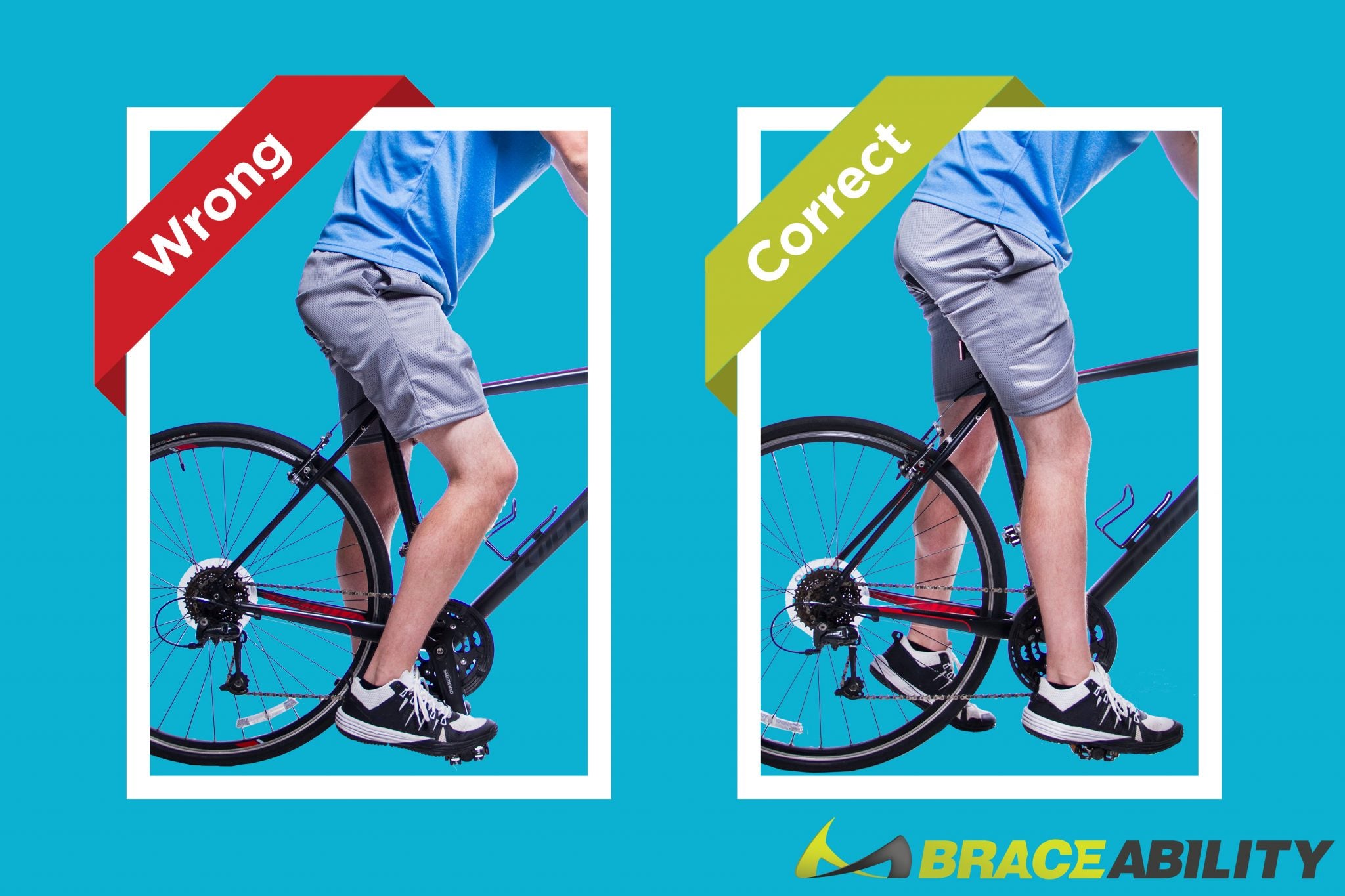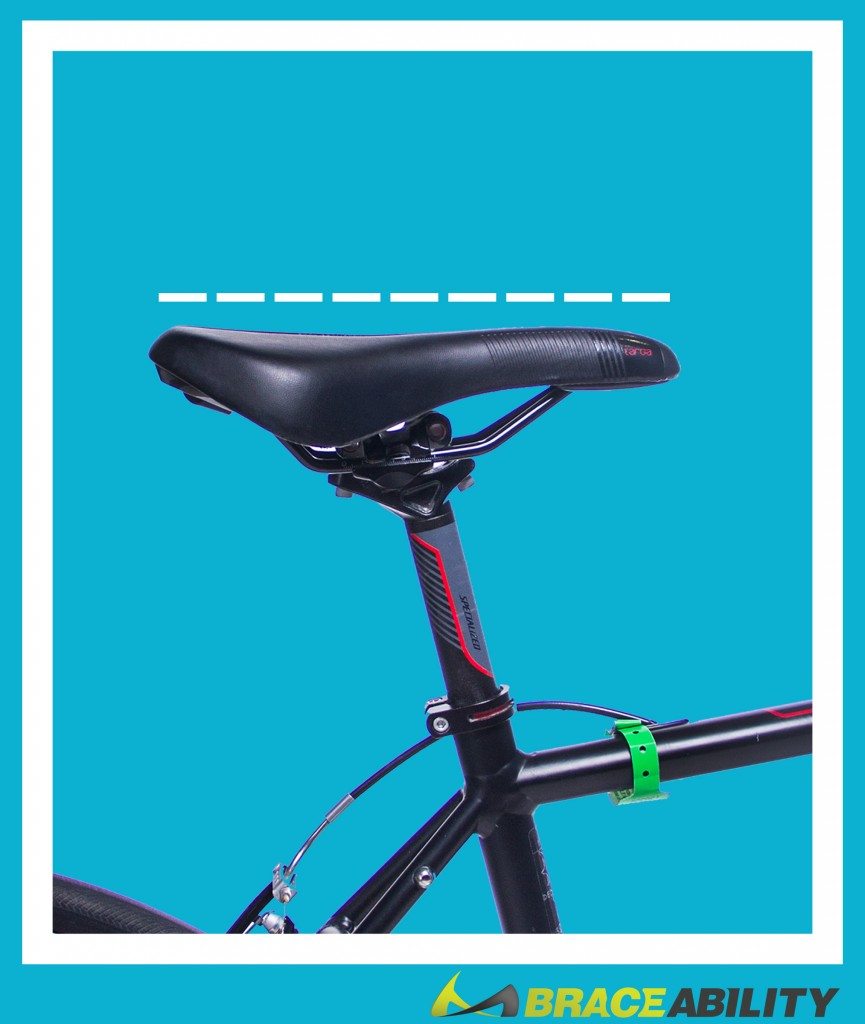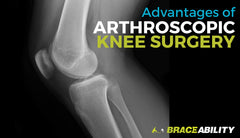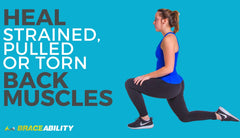How the Wrong Bike Seat Height Can Cause Cycling Knee Pain
The world’s most popular vehicle - a bicycle - is also causing a world of pain. Cycling knee pain is a very common problem among cyclists of all levels of experience. It is most common among new and inexperienced cyclists however, because many recreational cyclists simply jump on their bike without adjusting the seat to the correct height for their body. With summer in full swing and RAGBRAI fast approaching, this article is something you must read to make sure you have the correct seat height.
When your bike is properly fitted, your riding experience will be more enjoyable. Adjusting your bike seat can minimize discomfort and make your pedaling more efficient. It is very unlikely that your bike will be in the correct position when you buy it, so you need to make sure it is positioned right before you go for you first ride.
Keeping your seat at the correct height is a crucial part of killing knee pain from cycling. If your seat is too low, you end up pedaling in a squat-like position. In this position your knees remain bent throughout the entire pedaling motion which causes stress on your knees, specifically the patella/kneecap. The extra pressure this biking form puts on your knees is most obvious when seated and climbing or pedaling with a large amount of resistance. Pictured below is an example of the wrong way and having your bike seat too low, notice how bent his leg is. Having his leg bent this far will be very uncomfortable while riding and will cause a lot of knee pain.

The general rule for seat height is that when you are sitting on your bike seat and one foot is at it’s lowest point, your knee should be mostly extended. This reduces the compression on the knee when bent and also increases the amount of power you have when pushing on the pedals. Make sure the leg is not completely straight at that lowest point however, if this is the case it forces you to stretch to reach the farthest point in the pedaling motion. Keep a general rule that the leg should definitely be more extended than bent, especially if you are already experiencing knee pain. Above, is the correct way to have your seat. Notice that he has a very slight bend in the knee, with the heel placed on the back of the pedal.
Another important factor to check on your bike is the tilt of your seat. If it is tilted down too much, you will slide down on the seat. This causes pressure on your knee and also strain on your upper body. Your knees will try to hold you from sliding forward, which may cause an injury. Also, your upper body will try and hold you back instead of being relaxed. If you find yourself sitting on the front part of the seat, your seat is tilted too far down. You will more than likely want your seat in a neutral position, parallel to the ground. There may be a few exceptions why you would want it tilted slightly up or down, but it should never be more than 2 degrees either way. Here is a picture of a good example of a neutral seat position. The dotted line shows that the bike seat is level.

Cycling is considered to be a form of low-impact activity because it does not require an individual to make an impact with the ground, however, the repetitiveness of the pedaling could cause overuse of the knees and knee pain while cycling over time.
Knee pain and injury can also occur when there is not enough rest between cycling sessions. This stimulates an inflammatory response from the body, which will, over time, lead to loss of flexibility, weakness, and chronic knee pain. Make sure you allow your muscles to recover before cycling again if you are experiencing biking knee pain. A common trick to reduce inflammation and in return reduce pain is to wear a knee sleeve, adding compression to the knee and keeping everything in place working properly.
Another type of knee pain results from the undersurface of the kneecap rubbing too hard and for too many repetitions against the femur, grinding away the smooth cartilage on both. This is called Patellofemoral Syndrome. The pain of Patellofemoral Syndrome can be reduced by wearing an open kneecap brace much like a patellar tendonitis brace.
The best way to deal with knee pain is to prevent it in the beginning. First, by making sure your seat is adjusted to the correct height. Secondly, wearing a brace to add stability, protection, and support to your joints. BraceAbility offers a cycling knee brace that provides pain relief and support for aching joints and knee pain while biking. The neoprene material of the knee sleeve provides soothing warmth while also reducing swelling and pain during your bike ride. For additional braces, check out all our cycling braces. And lastly, by stretching and warming up prior to exercise. You will prevent bicycle knee pain caused by overstressing tight muscles and tendons by stretching and wearing a knee brace. Before you begin biking, start doing exercises at home to gain flexibility in your knees, ankles, and hips.
The more traditional pain relief includes aspirin or ibuprofen which reduce pain and inflammation temporarily. Rest, ice and keeping the leg elevated also help to relieve inflammation. A gradual build-up to longer rides and more difficult routes will also help to prevent cycling knee pain and other injuries. If your knees are hurting after every ride, consider shortening your ride or taking an easier route until your leg muscles become stronger. You shouldn't be in so much pain that you need to ice and elevate your knees after every ride.
Knee injuries can happen even if you take every precaution. If you have pain that will not respond to medication or modifications of your training regimen, you should see your doctor to rule out a more serious injury requiring more intensive treatment.




